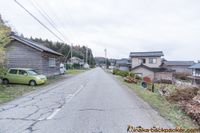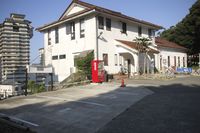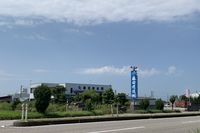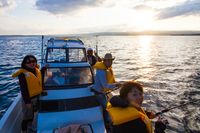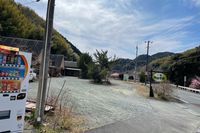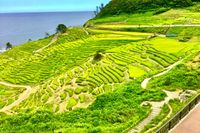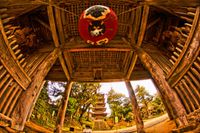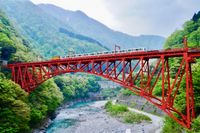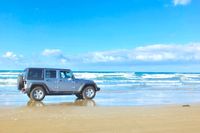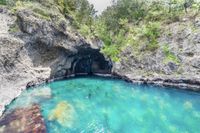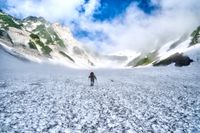Yoshigaura Onsen
石川県/珠洲市

Description
This is a hidden bath house at the northernmost tip of Noto peninsula. The "Lamp House" bath house has a history of around 450 years with around 50 lamps inside, and has magical and romantic views of the Japanese sea from the bathing areas. ※Credit:石川県観光連盟
Homepage
Address
Nearby Car Night Spots
Backcountry Backpacker's House <2>
¥5,000〜
/ per nightIshikawa Hosu-gun, Iwaguruma Anamizu-machi
5.0
(4)Nearby Activities
Country lifestyle experience by country backpacker
¥19,000〜
/ per personIshikawa Iwaguruma, Anamizu-machi Hosu-gun
5.0
(6)Ranking Stations
Vanlife BASE | 45 min. from Narita Airport / Perfect for campervan travel/A seaside town rich in nature/Japanese countryside town/welcome traveler
¥7,000〜
/ per nightChiba Koseki, Kujukuri-machi, Sambu-gun
5.0
(64)Shin Meishin Suzuka PA (inbound) RV Station Suzuka * With Power!
¥2,200〜
/ per nightMie Yamamotocho, Suzuka-shi
4.3
(157)(Bonfire BBQ) Chita Mihama Noma Beach Station
¥3,500〜
/ per nightAichi Noma, Mihamacho, Chita County
4.7
(42)Nearby Drive Spots
Shiroyone Senmaida
This is a rice terrace area situated in the northern part of the Noto peninsula. As there are numerous paddy fields, the area is also known as the "Senmaida" rice field. The beautiful landscape facing out to the Japan sea draws in many tourists and photographers.
Kineizan Myoshoji Temple
This is a temple of the Nichiren sect built in 1294 by Nichizo. At Hokuriku-honzan, visitors can also see the great cathedral of Noto district. During the Sengoku era(1467-1600), it flourished under the support of the Maeda Toshiie noble family. While the place is in a relatively hidden area, it has ten items of cultural importance such as the main hall, five-storied pagoda, Soshido hall (where a statue of the founder and buddha's teachings are kept) and Kyodo hall.
Unazuki Onsen
This is a secret onsen in Kurobe Valley, that is part of the local valley river and was visited by Emperor Showa as well as Yosano Akiko. The area is also a popular tourist spot to see the Kurobe Gorge railroad and view the spectacular landscape. The area is particularly popular in summer for the greenery and in autumn for the autumn leaf viewing.
Chirihama Nagisa Driveway
This is Japan's only beach which can be driven along, with a length of 8 kilometers, situated in the western region of Noto Peninsula. The area is becoming popular as a driving spot to view the sunset, and various marine sports can also be enjoyed here.
Ryuo Cave
This is a group of caves at the southernmost tip of Sado Island. As with the Blue Grotto in Italy, the sunlight pours into the cave in the mornings and the water will glitter with a beautiful range of hues. Visitors can explore deep inside with sea kayak tours, which are extremely popular. ※琴浦の青の洞窟(佐渡島)© Yoshiyuki_Ito クリエイティブコモンズライセンス(表示4.0 国際)https://creativecommons.org/licenses/by/4.0/
Hakuba Daisekkei
This is one of Japan's three large snowy mountains with a length of 3.5km and altitude of 600 meters, situated in Hakuba village. The valley is formed from the peaks of Hakuba and Suko, and as there is a walking route of about one hour from Sarukura to the snowy mountain area, it is an ideal hiking course.


